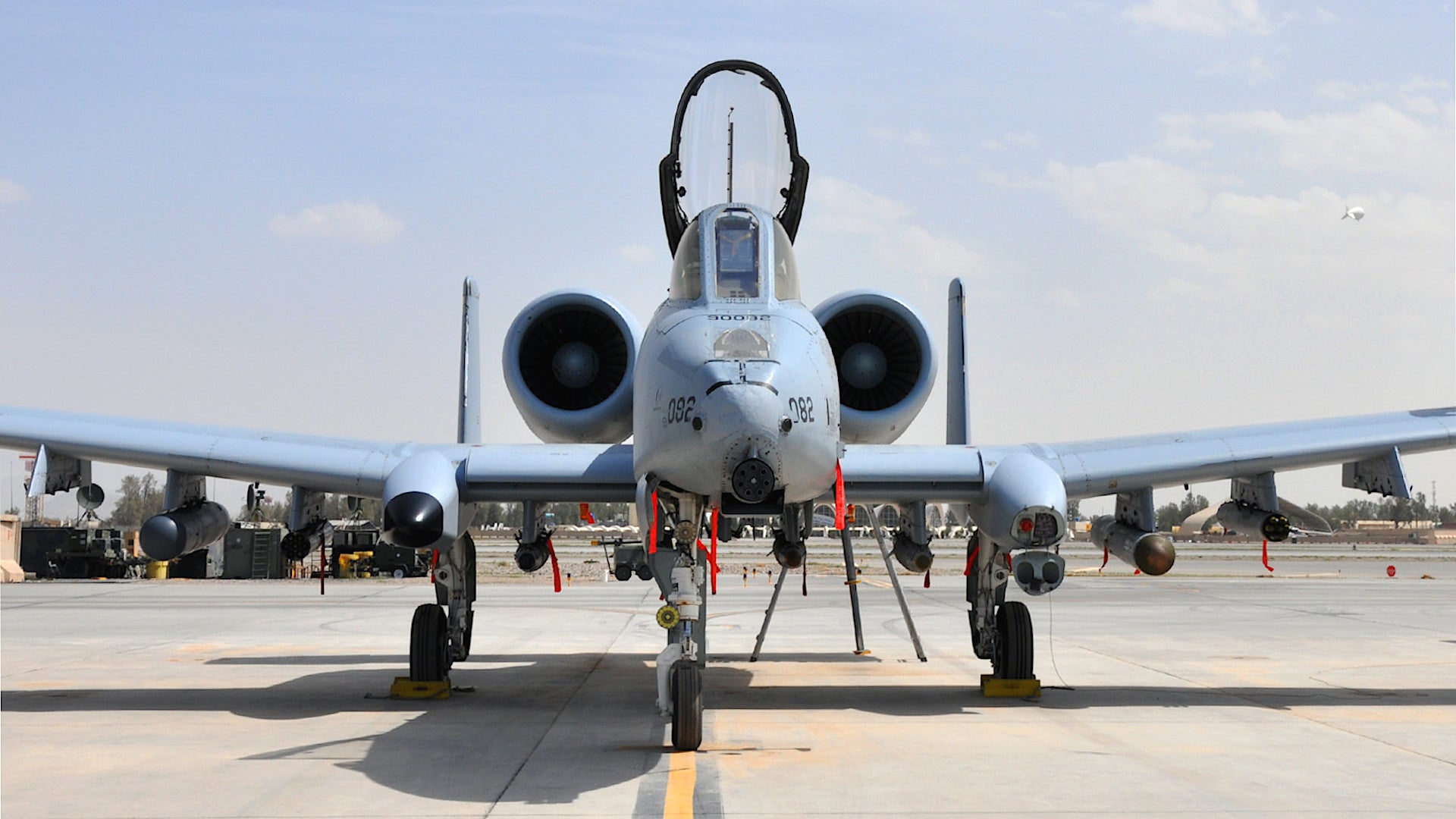As the COVID-19 pandemic rages on and Americans remain urged to stay home as much as they can to help prevent further outbreaks, employers, including the U.S. military, have encouraged working from home whenever possible. At the same time, healthcare providers have expanded the use of so-called telemedicine, remotely diagnosing and prescribing treatments, giving the virus fewer opportunities to spread and reducing the strain on medical personnel and infrastructure. These two worlds converged in a way recently when a team of Air Force engineers, at times working from their bedrooms and basements, helped ‘diagnose’ a battle-damaged A-10 Warthog ground-attack aircraft and prescribe a ‘treatment’ plan to maintenance personnel downrange without ever having to meet to face-to-face.
The A-10, nicknamed “The Unleasher,” took a bullet to its belly while flying from an undisclosed location, according to a news story the Air Force published on Apr. 30, 2020. In recent years, these aircraft have regularly deployed to support combat operations in Iraq and Syria against ISIS and against the Taliban and other militant groups in Afghanistan.
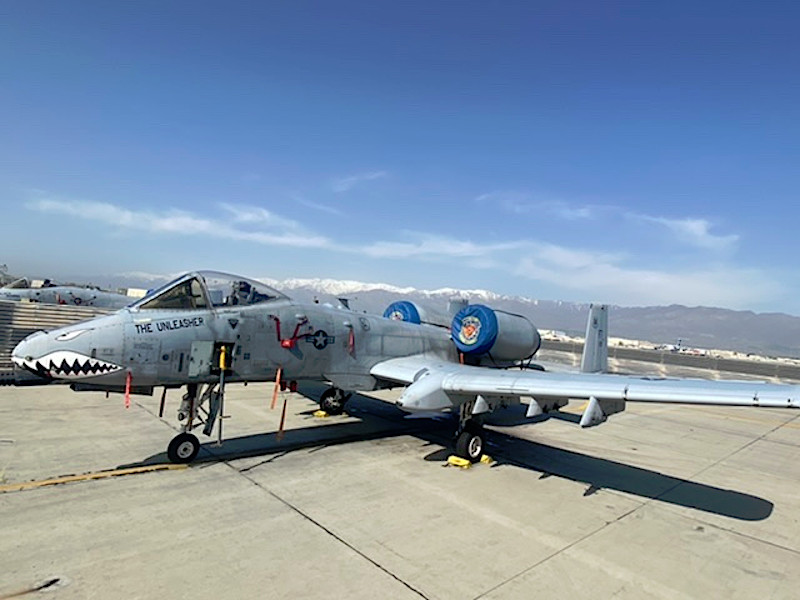
The Warthog is famously designed to absorb damage, with the pilot sitting inside a titanium armored “bathtub” and the aircraft having a host of redundant systems to help make sure it gets back safely no matter what. A-10s can fly with significant portions of their wings or even an entire engine shot away.
The A-10 has demonstrated its durability in combat on numerous occasions, with aircraft surviving serious damage to their wings, tails, fuselage, and engine pods. In one particularly famous incident, Air Force Major Kim Campbell flew safely back to base in a shrapnel-riddled A-10 after a sortie over Baghdad, Iraq, in 2003, using backup manual mechanical flight controls after the double-redundant hydraulic control system failed.
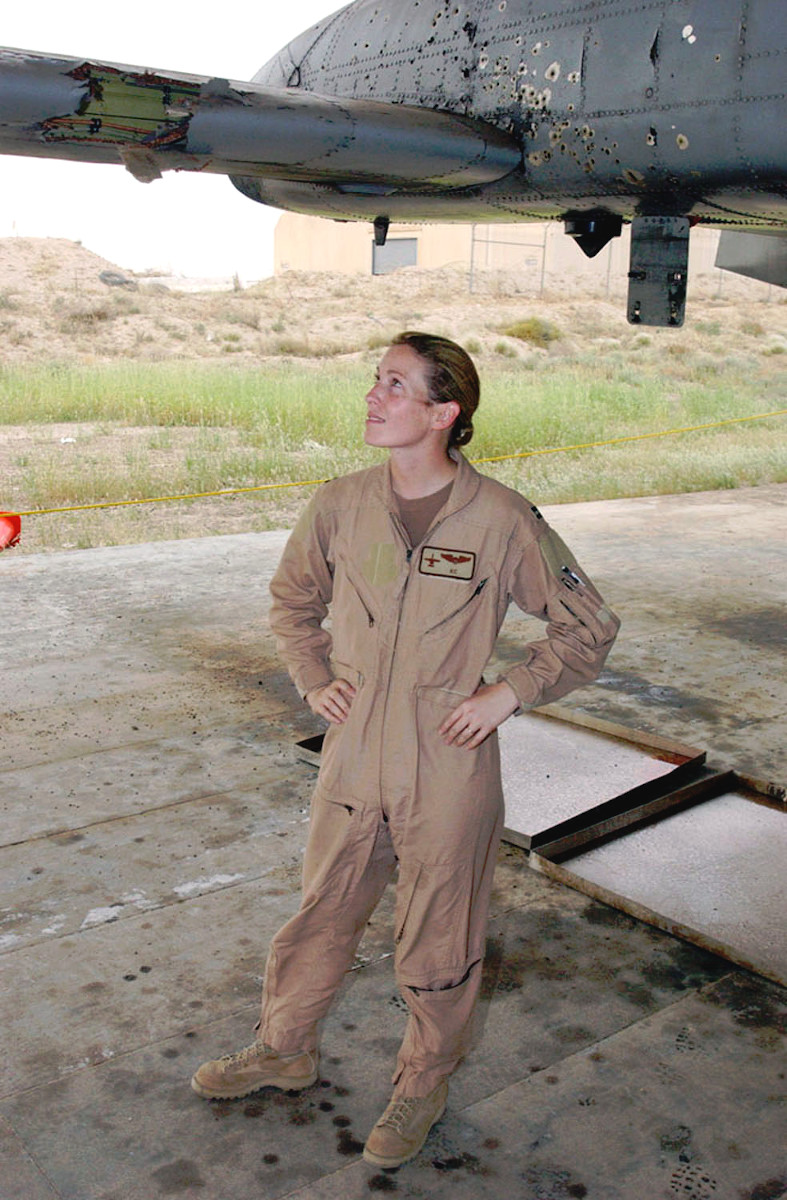
The A-10 was also meant to be repaired quickly in the field and put right back into combat. An accident in 2015, in which an A-10 suffered a catastrophic failure while refueling during a combat mission over Iraq, highlighted these design features.
The aircraft subsequently made an emergency landing at Al Asad Air Base. Air Force personnel, with help from U.S. Marines at that base, had the jet flying again in just five days.
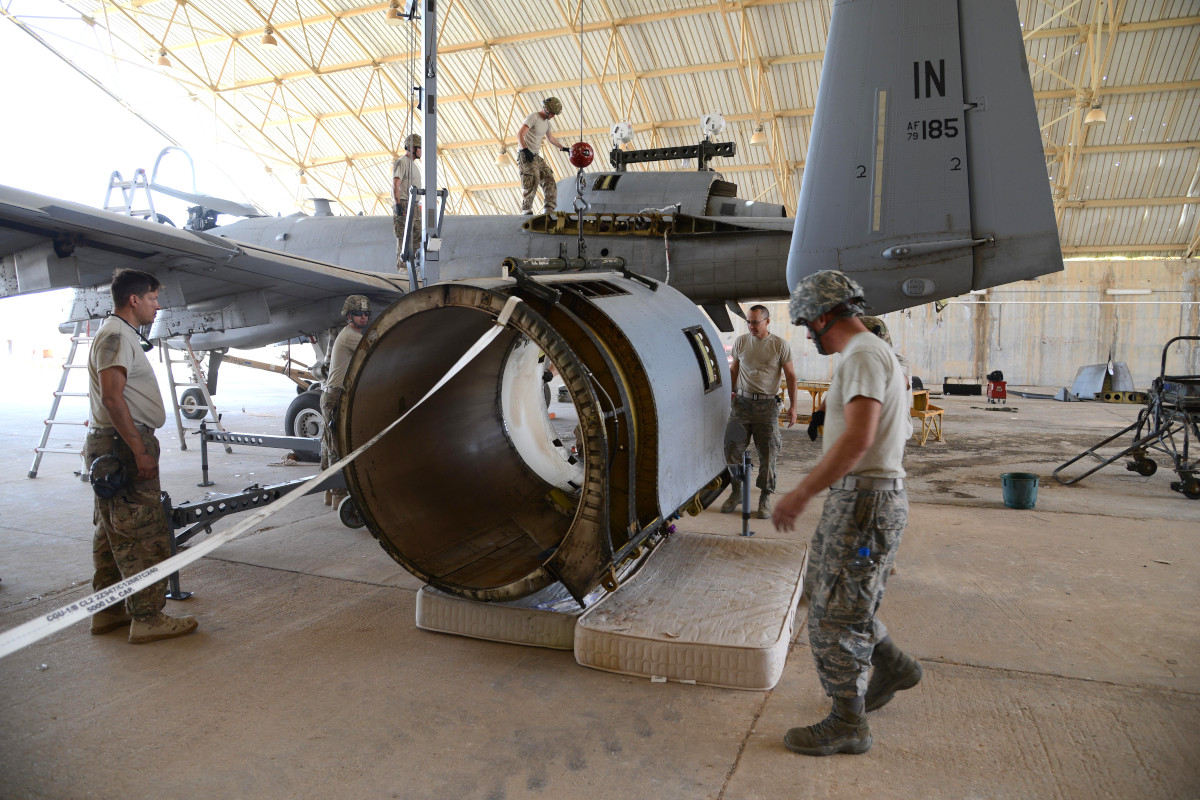
While The Unleasher was able to return safely to its operating base without incident, just like many other battle-damaged A-10s before it, it was still in need of repairs. Under normal circumstances, even when dealing with jets at austere forward locations, it would not necessarily be uncommon for a specialized team to physically go inspect the aircraft, determine the extent of the damage, and then help maintenance personnel devise and execute a repair plan. Engineers and supporting personnel assisting from other locations, even thousands of miles way in the United States, would typically hold face-to-face meetings, too.
The COVID-19 pandemic has made executing all of these relatively routine activities much more complicated due to the demands for social distancing and other measures to mitigate the virus’s spread whenever and where ever possible. So, in the end, a team of Air Force engineers Air Force Life Cycle Management Center’s A-10 division, based at Hill Air Force Base in Utah, provided invaluable assistance to maintainers downrange entirely over the phone and online.
“The entire operation was managed by e-mail, file sharing over the Global VPN [virtual private network], and telephone with none of the team members actually meeting face-to-face,” according to the Air Force. “Basically, the team accomplished the mission from their bedrooms, basements, and home offices while flattening the virus curve by working from home.”

“The team tested the teleworking capabilities during the previous weeks in anticipation of such an event,” Pamela Lee, the head of the A-10 Division at Hill, explained. “Because of this preparation, engineering was able to keep the lines of communication open with the unit to support the expedient response to this emergency repair.”
The first thing the team needed to do was get more information about the damage. The initial report was that a projectile had struck the A-10’s underbelly and that there was no clear exit hole. The engineers instructed the maintainers to cut a 3-inch hole around the impact point, after which they found the bullet had sheered three fasteners in the aircraft’s internal structure before lodging itself in the fuel cell cavity floor, causing a crack.
With the full extent of the damage determined, the engineering team at Hill worked out a repair plan and provided step-by-step instructions for the maintenance personnel at the forward operating location. The maintainers then sent back details about the final repairs.
“The disposition and flight waiver from the chief engineer were then released back to the unit in less than 24 hours,” Lee, the A-10 division chief, said. “I’m proud to know our team helped keep this vital aircraft in the air, performing its close air support mission that is so important to our forces on the ground.”
This entire process is an interesting example of how the U.S. military is balancing the need to continue conducting operations with efforts to mitigate the impacts of the COVID-19 pandemic among its personnel. It’s also likely to offer valuable lessons learned going forward for Air Force operations going forward. The service is increasingly exploring expeditionary and distributed operations concepts due to the concerns about the vulnerability of known, fixed bases to enemy attacks during a major conflict.
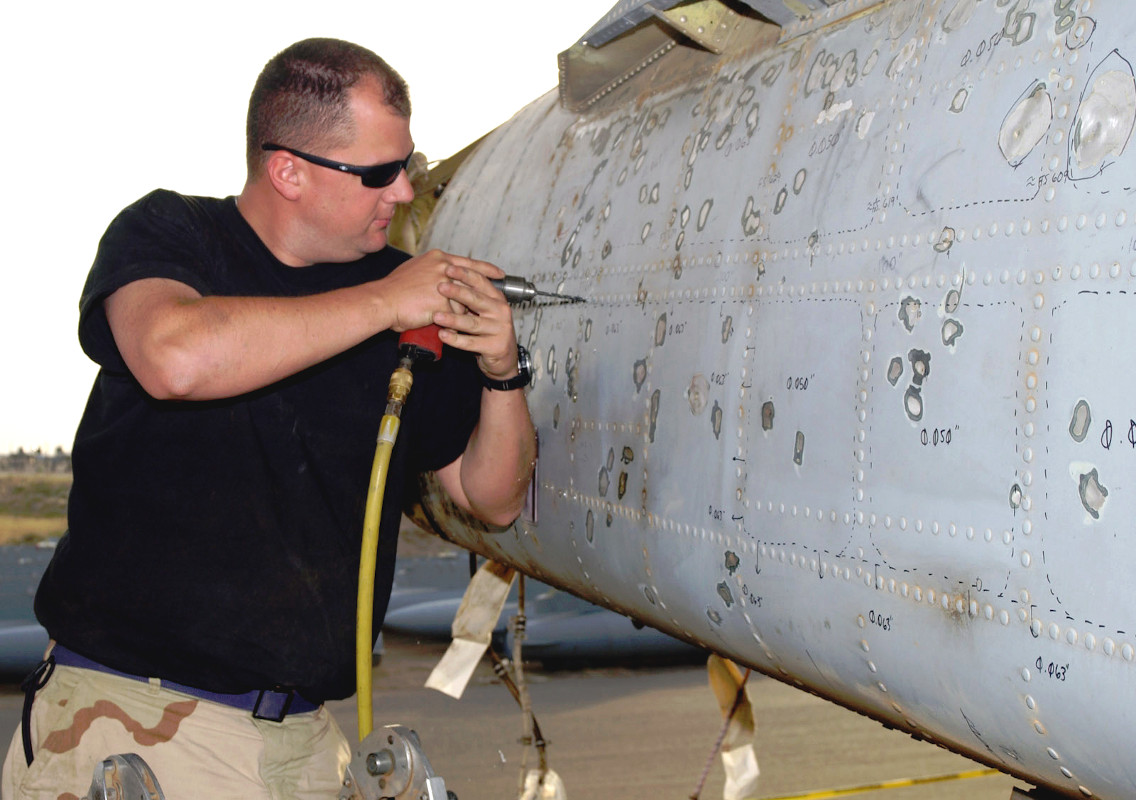
Operating from remote and austere outposts involves a number of logistical challenges. It might not be feasible to deploy dedicated teams to these locations to support battle damage assessments and subsequent repairs that could vital to maintained sustained operations. In those cases, options to provide that support remotely could be invaluable. The Air Force is also increasingly looking toward ways to increase the use of digital modeling and simulation to improve and streamline maintenance procedures, and, by extension, cut costs, broadly.
The Air Force Life Cycle Management Center has now demonstrated how this kind of ‘telemedicine’ for combat aircraft might work after helping to get The Unleasher back into the fight.
Contact the author: joe@thedrive.com
